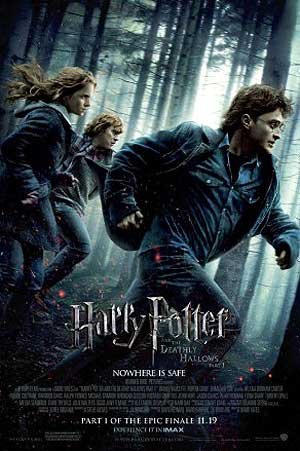 There as been a lot of talk about ‘the death of film’ recently. Even before Kodak filed for bankruptcy protection earlier this year, there were articles mourning the demise of film, like this series of interviews with filmmakers in the Guardian.
There as been a lot of talk about ‘the death of film’ recently. Even before Kodak filed for bankruptcy protection earlier this year, there were articles mourning the demise of film, like this series of interviews with filmmakers in the Guardian.
I have written about my limited experiences with film previously. I am a product of the digital revolution and although I appreciate why some people love film I find it hard to get too teary over its decline.
I can see that until recently digital cameras couldn’t produce images with the same qualities as film. Some of these properties were measurable, like dynamic range, frame rate and resolution. We have now got to the point where the technical specifications of digital cameras have caught up with film and, in most cases are quickly leaving it in the dust.
It’s not just about technical numbers and figures though. For any of the professional level digital cameras to have been taken seriously, their manufacturers have had to make sure they can create an image that ‘looks’ like film. This ‘look’ isn’t something that can be measured quantitatively.
I understand how people get caught up in trying to recreate this film ‘look’. I get that the way highlights roll off in film looks much less offensive than the ugly way that highlights just get clipped in digital images, and I agree that the organic feel of film grain is much easier on the eye than digital noise. But I think the main reason that film makers love this look is that it’s what they are used to.
If you think about grain it is really a flaw of film. If you were going to invent an image technology from scratch you would want to eliminate it but it has been part of the process for so long that everyone has got used to it and learned to love the organic imperfection of it. It has become part of the language of movie storytelling.
The audience understands, if only on a subconscious level, that documentary filmmakers use a faster, grainier film stock. This has come from years of old news reels and documentary footage of real events. Movie directors often deliberately pick a grainy film stock to heighten the sense of drama in their recreation of action sequences.
The digital equivalents of grain are noise and compression artefacts. Movies like Cloverfield and Paranormal Activity add in these artefacts to convince viewers that the images were shot on consumer equipment and mobile phones.
At this point in history the prominent film makers have all grown up and learned their trade with film. They love it, they have fond memories and history with it, they are used to it. I like to compare how people love these flaws and the organic feel of film with the way people still love the sound and warmth of vinyl. I can see where they are coming from but most people prefer the clean, crisp sound of a CD and the convenience of an MP3 file.
Mike Seymour and Jason Wingrove discussed this in episode #102 of The RC podcast. Jump to 1h 16mins.
In a few years, the next crop of film makers, and their audiences, will have grown up without film. They’ll be used to the look of digital devices and in turn, the flaws and limitations of this equipment.
And they’ll think it was weird that people would miss such an inconvenient and imperfect medium as film.




Latest Comments